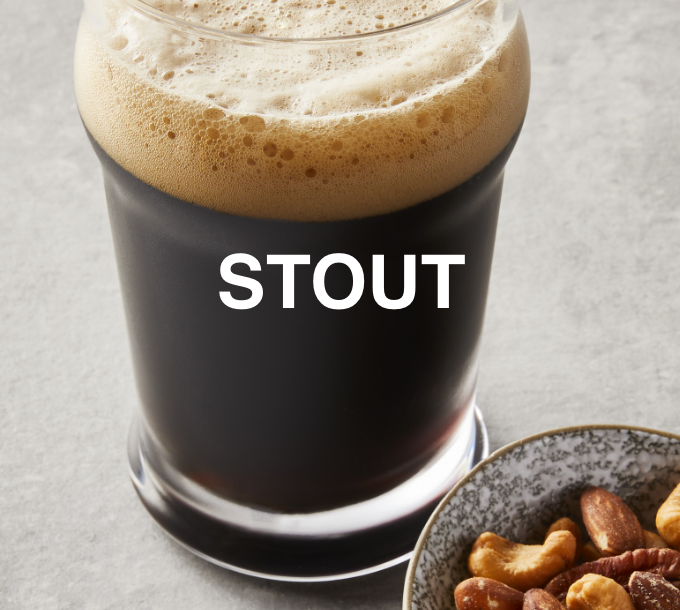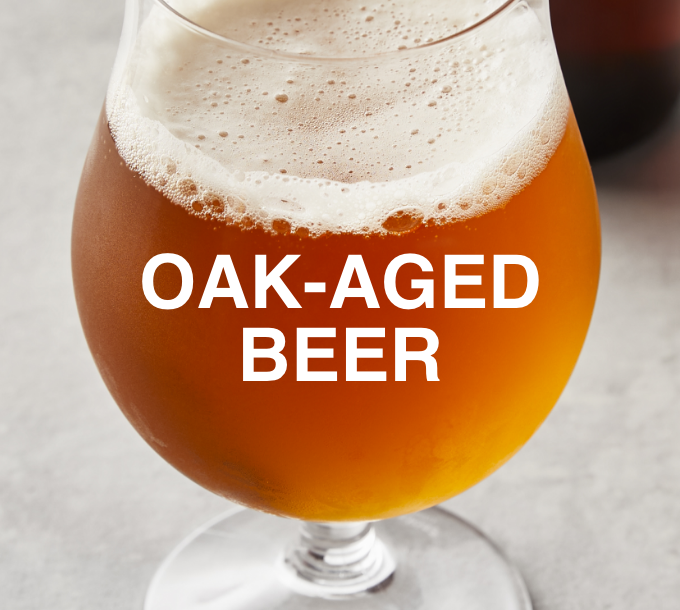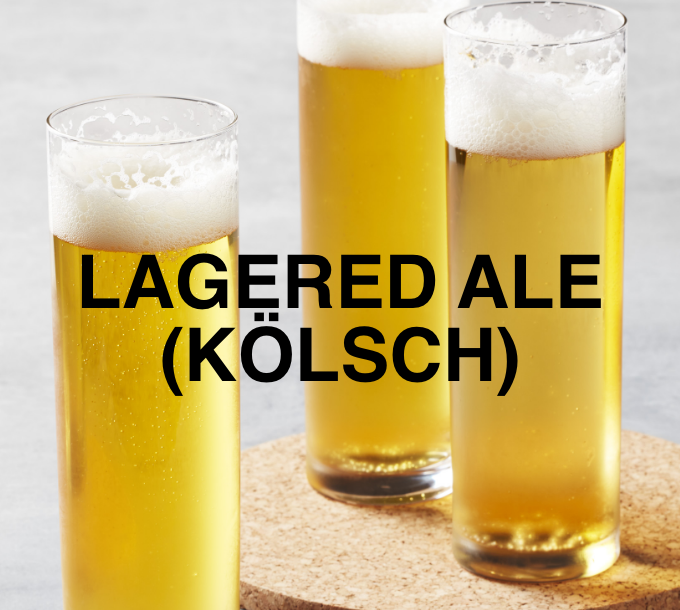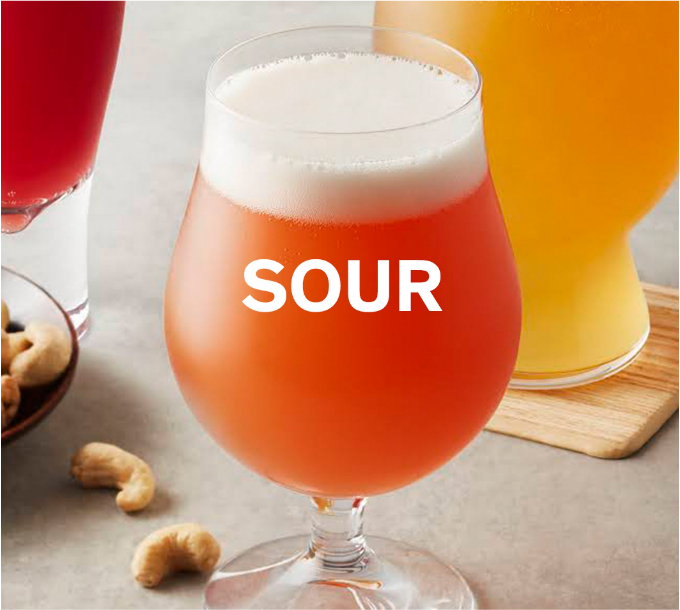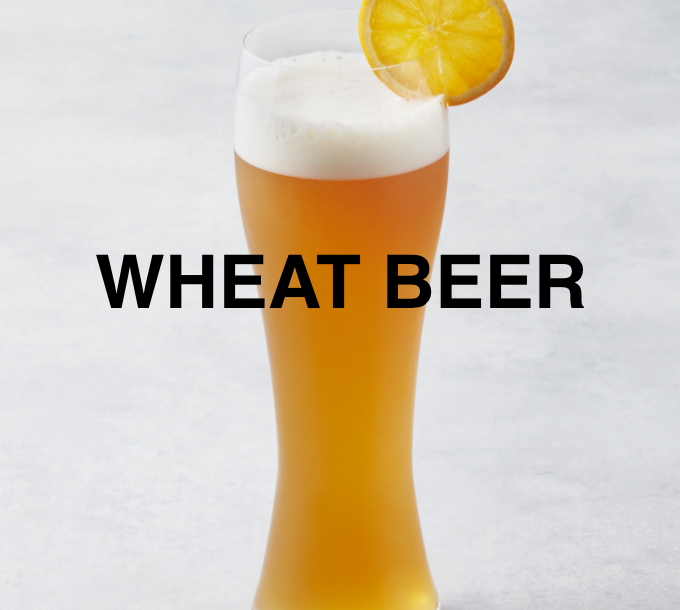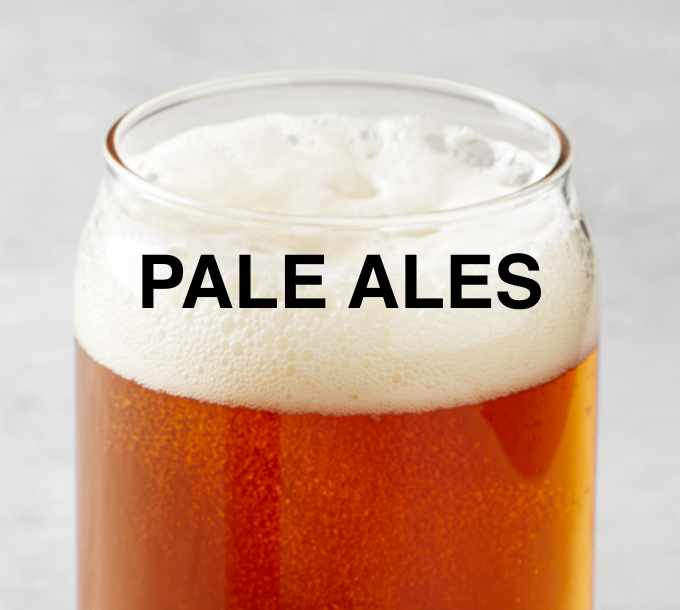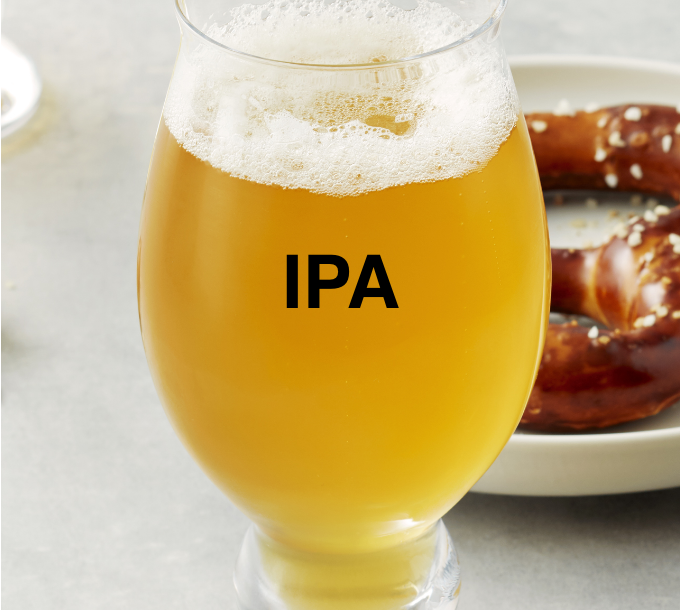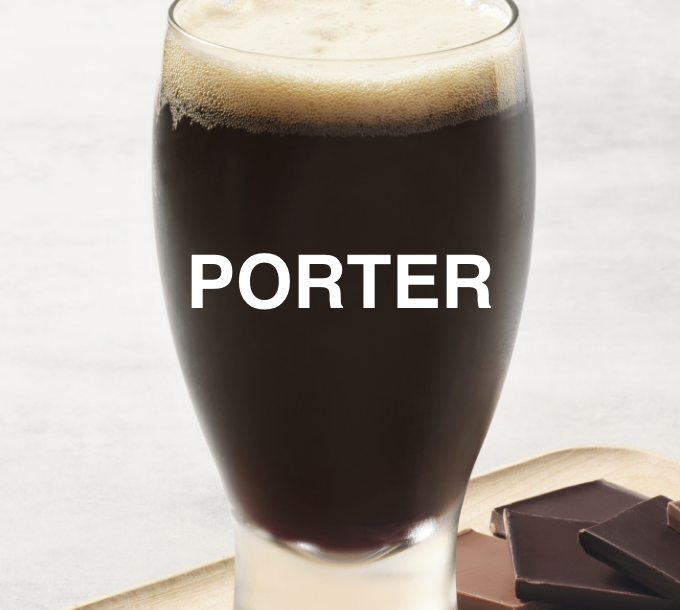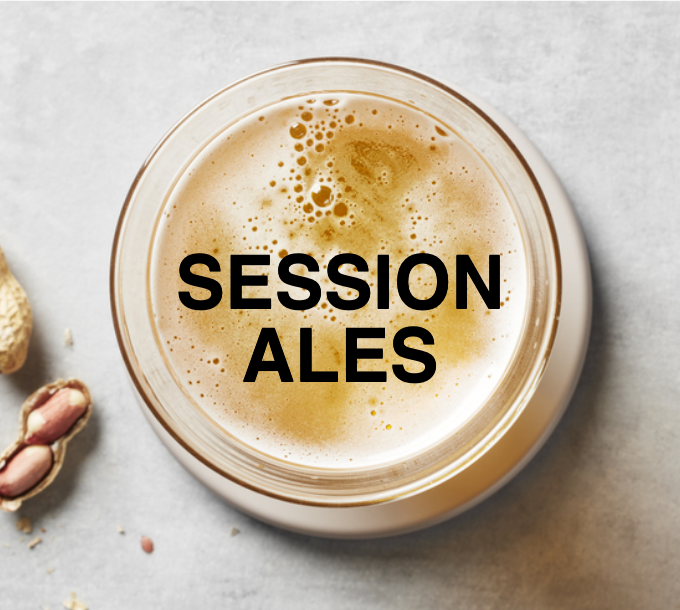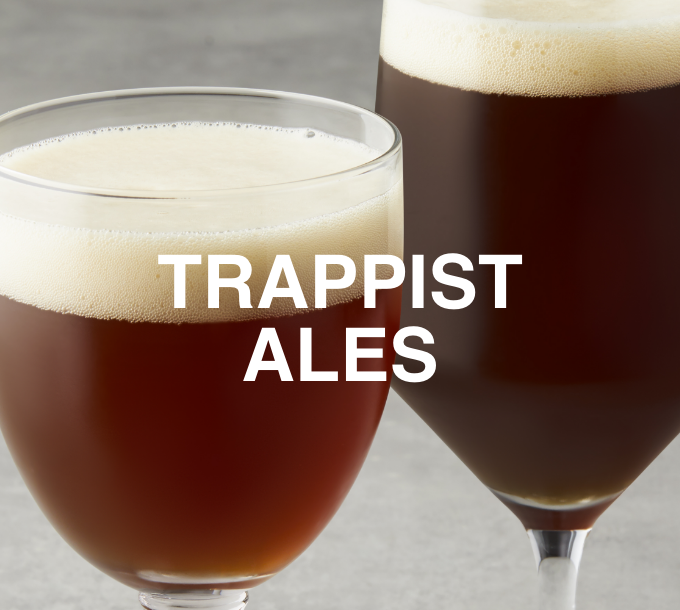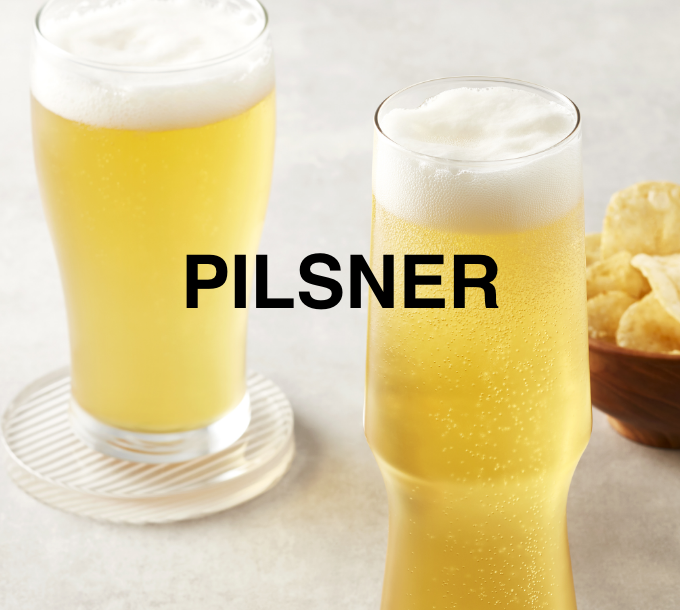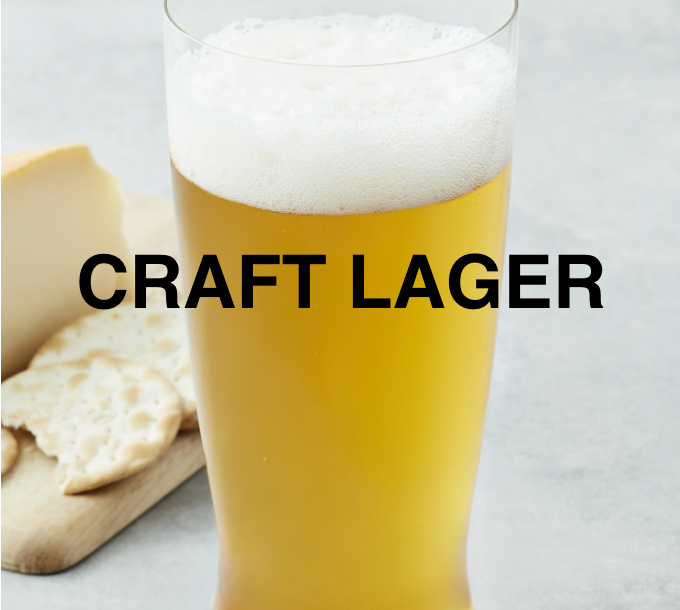India Pale Ale

One sip, and you’ll see why this style has been a staple on craft beer menus for the past few years. Canadian brewers produce some of the best IPA, with its refreshingly “bitter” and pronounced hop flavours.
Ready to Explore?
Despite the often-told story, the India Pale Ale was not created to withstand the journey from England to India 250 years ago. It’s simply that the top beer exporter in England at the time made a hoppy ale that proved a hit among British colonists in India. The style was near extinction until American craft brewers reintroduced it in the 1980s, using North American ingredients: most notably bright, bold and pleasingly bitter American hops.
These days brewers are adding hops later in the process to create IPAs that erupt with hop aromas and flavours, but don't pack that big bitter punch. And they're experimenting with zingy new hop varieties from Japan, Australia, New Zealand and the U.S. Some IPAs showcase just one varietal of hops, while others aim for the perfect blend. Double, Imperial or Triple IPAs contain even bigger flavours and higher alcohol. For hoppy flavour without the bitterness, try a Hazy IPA.
You May Taste
These juicy brews are typically bitter (ranging from mild to strong) with a medium body and dry finish. Expect a biscuit, white cracker or caramel malt backbone and flavours that may include grapefruit, lemon, lime or orange, grass, herbs, green tea, pine needles, grapefruit pith, pineapple, mango, guava, papaya, lychee, black currant, earthiness, and spice.
Sip Them With
IPAs go well with strong strong blue cheeses like Stilton or Roquefort, and strong, aged Cheddars. For the main course, pair IPAs with Thai green curry, burgers, salmon steaks with cracked pepper, Tex-Mex, creamy Indian curries, jerk or Cajun-spiced dishes or fried chicken. Thinking dessert? Carrot cake is a nice match.
Serving Tips
Enjoy your IPA in a nonic glass (a typical English pub glass) which captures the compounds that evaporate, releasing the aromas. It's best to serve this beer style at 8-10°C because as the beer warms up and reaches room temperature, the hop characteristics intensify.
Try These Picks
Discover More Beer Styles
Beer FAQs
Your Top Questions Answered

What is craft beer?
Craft beer is made by small-scale breweries, often independently owned, that practise traditional artisanal brewing techniques to create authentic and uniquely flavourful beers. These craft brewers may focus on either classic or lesser-known styles of traditional beer, or create innovative new modern brews.

How many calories are in a beer?
A standard 340-millilitre or 12-ounce beer that has five per cent alcohol by volume has about 150 calories. Styles of beer that contain more alcohol, such as IPAs, have more calories — up to 170. Light beers, which have less alcohol, have around 100 calories. While darker beers sometimes have a higher alcohol content and therefore more calories, that’s not always the case: consider Guinness Draught, a dark stout, which has just over four per cent alcohol by volume and 125 calories per 12 ounces.

How many beers are in a keg?
Most standard North American kegs hold 58.7 litres: in terms of standard 340-millilitre or 12-ounce bottles or cans, that’s 165 servings; if you’re counting by 16-ounce pints, its 124 servings. European beers often come in 50-litre kegs, yielding 140 340-millilitre glasses or 105 pints. Smaller 30-litre kegs (sometimes called “pony kegs”) give 82 standard beers or 62 pints. Mini-kegs (Heineken, for example) hold five litres: that’s about 10 pints or 14 glasses.

How is beer made?
All beer is made with four key ingredients: barley (or other grains), water, hops and yeast. First, barley is malted (meaning the grains are sprouted and then kiln-dried) to get ready for brewing. The malt is then mashed, or cooked with warm water, to create a sugary liquid called wort. The wort is boiled with flavouring hops, and then in the final step, it’s fermented with yeast, which creates the alcohol and finished beer.
There are many different styles and regional traditions of brewing, but to simplify, they basically fall into two categories: for ale, the beer is stored at room temperature while the yeast feeds on the sugar in the wort and produces CO2 and alcohol as by-products; for lager, fermentation is the same, but it happens at cooler temperatures so the process takes a little longer

How long does beer last?
Check for an expiry or best-before date on bottles and cans: “best” is best when consumed fresh. Bottles and cans stored at room temperature are safe to drink for at least four months after purchase and up to eight months when it’s stored in the refrigerator or a cool place. Draft or craft beer stored in a glass bottle keeps for two or three days in the refrigerator when tightly capped. And remember, keep beer away from light: it can develop a “skunky” flavour from a chemical reaction to UV light, which is why it’s usually packaged in cans or dark glass bottles.

What is beer made of?
Most beer is made from just barley, water, hops and yeast. That’s all! Each ingredient contributes to the beer’s flavour, as do the specifics of the production process. Some brewers may use other grains, such as corn, rye, rice, wheat or even oats, to produce different types of beer. Some styles even incorporate additional flavouring ingredients, including fruits and herbs.
